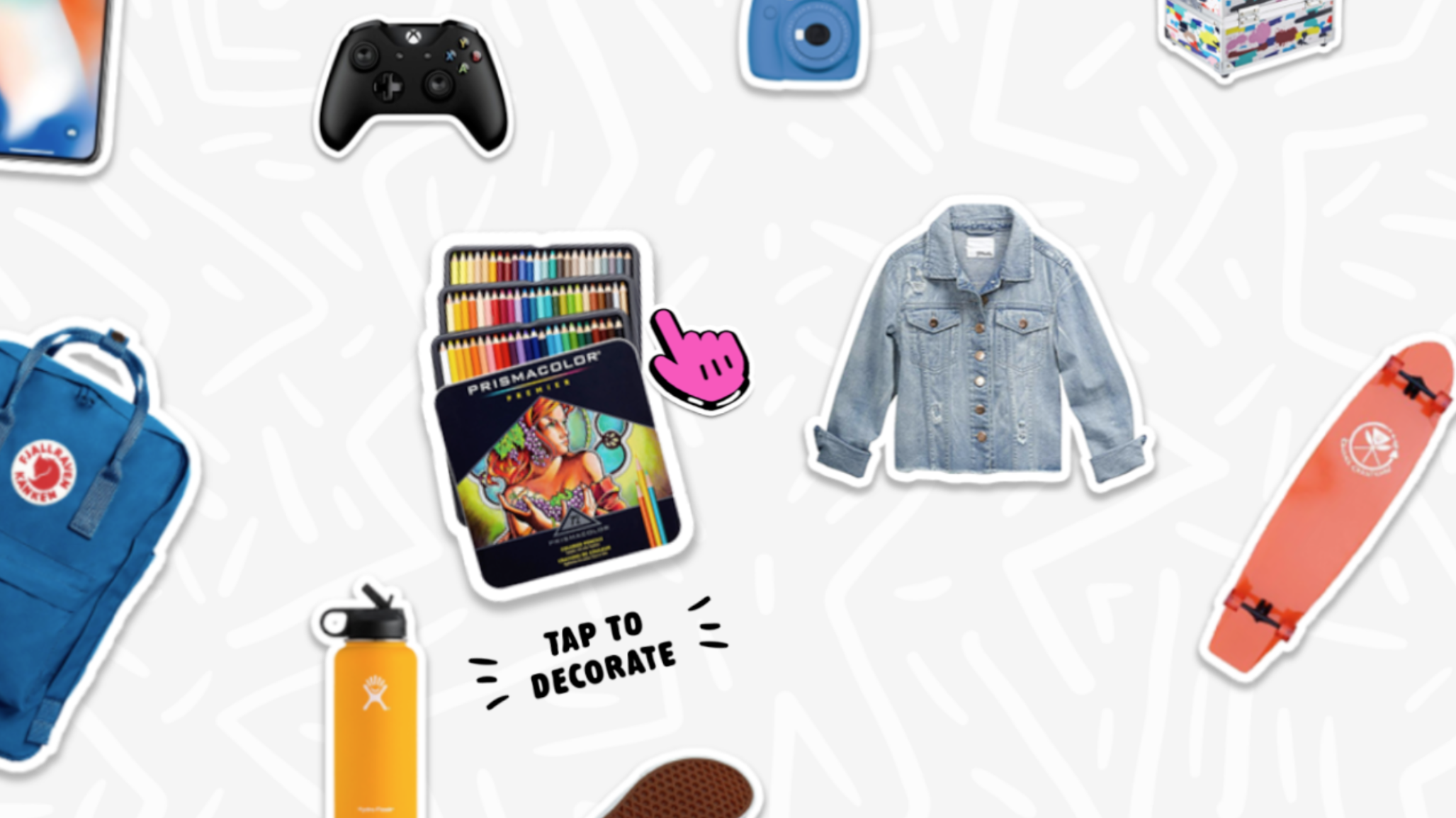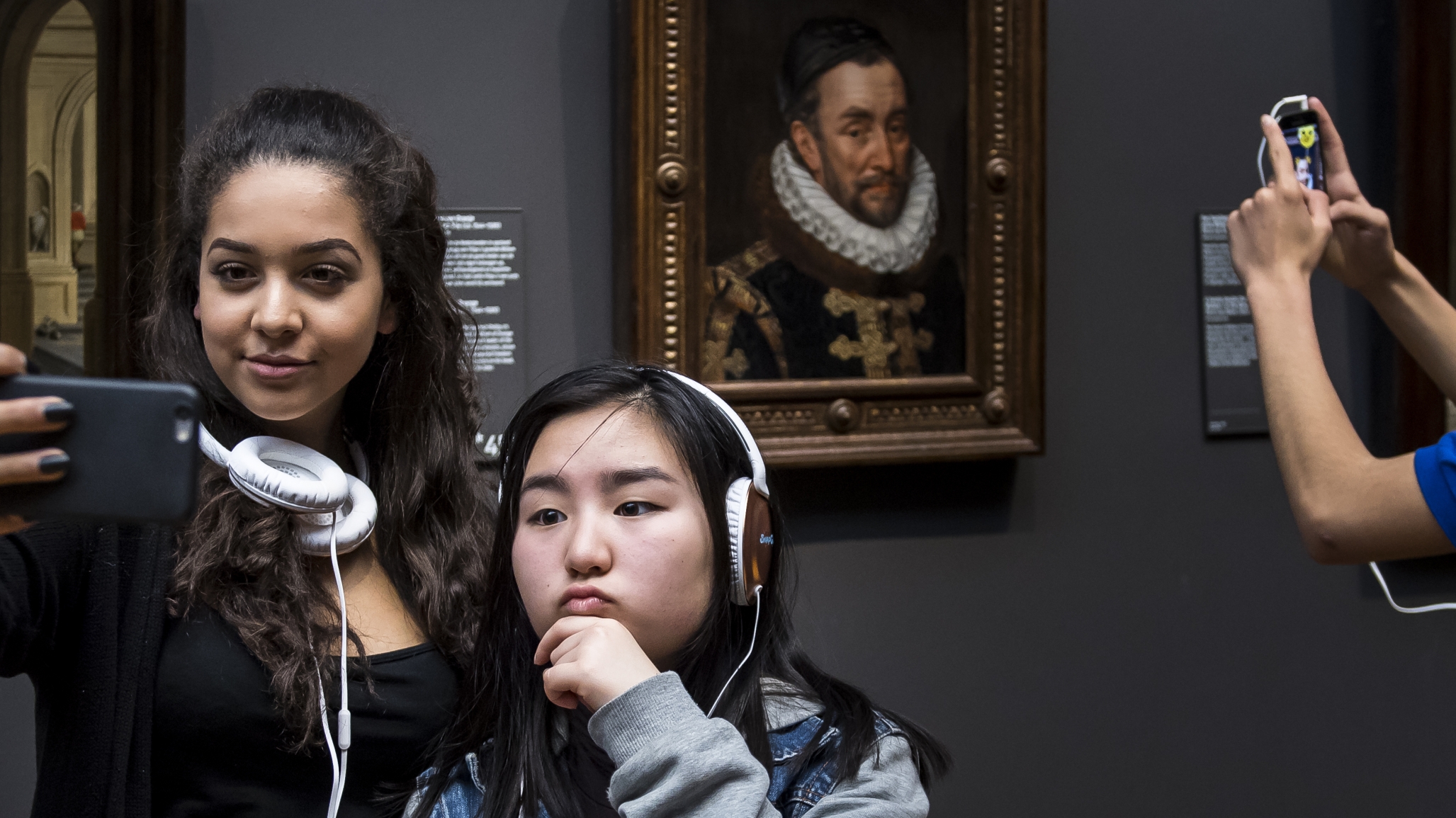Fancy Meeting You Here: Reaching Audiences with Channel Strategy
While social media platforms might share key features, there’s no one-size-fits-all approach when it comes to marketing on them. A vertical video is right at home in a Snap ad, sure, but doesn’t work as well on YouTube. Meanwhile, assets that ask users to vote among options are a natural fit for platforms like Twitter or Instagram stories.
In addition to the unique features of digital platforms, a shift in audience significance can also prompt brands to rethink their channel strategies. For example, Millennial consumers are finally coming to age with a greater share of purchasing power: according to a Forrester webinar presented by Satish Meena and Michael O’Grady, they’ll make up 46% of adults by 2020, while today 86% of them live in emerging markets. But reaching this audience isn’t as easy as reaching their parents, as we’ll explore below in detail. With shifting audience demographics and the emergence of new platforms, an effective channel strategy is key to providing engaging digital experiences.
Channel strategy is focusing on the right platforms to convey the value of your brand, product or service. This is an essential part of planning out an integrated campaign and is increasingly important for providing a consistent experience across the user journey where users research to make a buying decision. The process for establishing a good channel strategy involves listing out the goals you hope to achieve, the personas you want to engage, then strategizing which channels can bring those goals and people together.
Good channel strategy “contains crucial elements that are attractive to the audience in mind.
Finding the Features that Fit
The first step to any effective channel strategy is to plan out your objective. Are you trying to reach a new audience? Do you want to increase engagement through more interactive content? Perhaps you want to raise awareness and drive signups to a newly launched service, just like Amazon did with their Amazon Teen service that allows kids to make a purchase with their parents’ approval. Once you’ve set your campaign’s goals, you must identify target personas, paying special care to their digital habits. For Amazon teen, the personas were pretty easy to spot: parents and their teenage children.
When taking digital habits into account, the generation gap can sometimes feel like a perilous chasm, highlighting the importance in researching the differences in how the audiences you’re approaching interact online. Just like the way Millennials have been accused of killing the canned tuna industry, much has been said about how Gen-Z users just aren’t into Facebook as much as their parents are. This means that while Facebook would be a good channel to sell the Amazon Teen service to parents, we’d need a different approach to speaking to kids in their own language.
Through research, we identified key differences between teens’ and their parents’ online interactions. Teens prefer visual communications while older generations prefer standard email, for example. Parents also prefer sharing videos on Facebook while their children enjoy creating and consuming mobile video.

Equipped with the info above, the next step was to strategize which channel would bridge the gap between the service being sold and the audience Amazon wanted to reach. This inspired a microsite that mimicked the content creation tools that teens enjoy on apps like Instagram and Snapchat, offering interactions through playful, brightly colored stickers and other artistic tools. Because the microsite targeted teens through ads on those platforms, its lighthearted design and prompt for them to create allowed for a seamless transition from social platform to branded experience. The trick was just to translate those native creative functions to the brand.
The Integration Imperative
Far from just driving awareness to a service, a channel strategy that smartly leans in to content creation and sharing can have a profound effect on a user’s personal connection with a brand. This is where channel integration plays a key role: once your audience has had an awesome experience with you, how will they share that out to friends?
While works of art exist to strike a human connection, Amsterdam’s world-renowned Rijksmuseum felt that your average museum tour could use an upgrade in order to better connect with youth. Rijksmuseum partnered with Maak creative agency to produce a Snapchat-inspired tour guide in which influencers would lead visitors from work to work through short videos, then encourage viewers to record their own reflections. While Maak created the concept and video content, they brought MediaMonks on to build the mobile web experience allowing users to take the video tour.
“SnapGuide is a powerful, new channel for Rijksmuseum to connect with the youth,” said Rik Spruijt, Producer at MediaMonks. One way to meet a new target demographic: speak their language, which is why Rijksmuseum prompted youth-oriented influencers to give the virtual tours. “They didn’t give the influencers much brief,” says Spruijt. “By letting them make videos in their own tone and voice, the experience could remain as authentic as possible.”
Visitors follow along with some of their favorite influencers as they explore the museum. Once they complete watching a video, they’re prompted to respond via Snapchat, Instagram or their phone’s camera. The transition between the mobile site and social media is seamless, allowing users the ability to engage without having to download any extra apps.
“This experience is tailored for a specific target demographic: young people,” says Spruijt. “So it contains crucial elements that are very attractive to them, like snappy content and usability that they’d expect from apps like Snapchat and Instagram.”

Despite its simplicity, SnapGuide does quite a bit: it entertains users, prompts them to reflect on the works of art through content creation, then provides a fast and easy way to share it. The guide shows how an engaging experience doesn’t have to come with the cost of a complex, flashy app; it only takes a few well-executed features refined through channel strategy. In fact, the video tour has been so popular that subsequent tours have dropped the sole focus on a student audience and diversified to accommodate other segments of the museum’s clientele.
What’s important to remember is that channel strategy isn’t just a matter of what you say, but how and where you say it. It requires a key understanding of what kinds of interactions are supported on the myriad of platforms out there, and how those interactions inform the way users connect with content. From there, it’s essential that you provide audiences with the tools they’ll need to express themselves and pass your message along. A mix of smart channel strategy and seamless integration, then, is the fulcrum on which a campaign hinges between #awesome and #fail.
Related
Thinking
Sharpen your edge in a world that won't wait
Sign up to get email updates with actionable insights, cutting-edge research and proven strategies.
Monks needs the contact information you provide to us to contact you about our products and services. You may unsubscribe from these communications at any time. For information on how to unsubscribe, as well as our privacy practices and commitment to protecting your privacy, please review our Privacy Policy.



